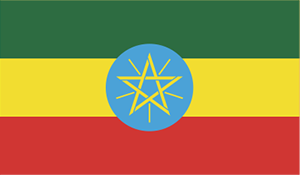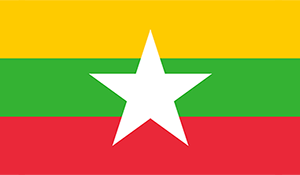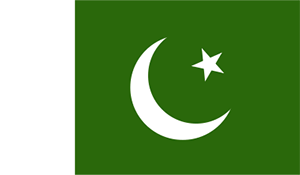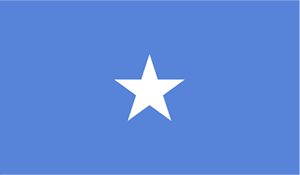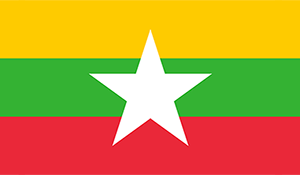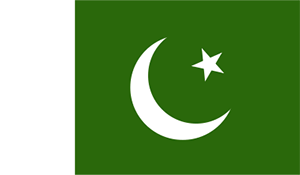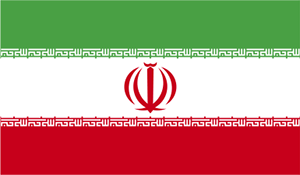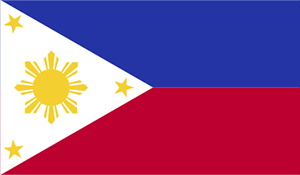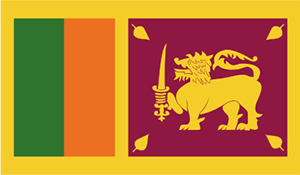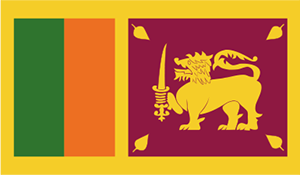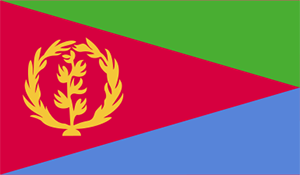Australia is stepping up its global leadership in the elimination of cervical cancer, with the announcement today of a $12.5 million Australian Government regional aid grant to a nongovernment consortium headed by the Daffodil Centre, a joint venture of Cancer Council NSW and the University of Sydney.
The Elimination Partnership in the Indo-Pacific for Cervical Cancer (EPICC) is the largest ever initiative of its kind, leveraging Australian, international and in-country partner expertise to accelerate the World Health Organisation’s strategy for the elimination of cervical cancer.

Director of the Daffodil Centre, Professor Karen Canfell, said that while Australia was on track to be the first country in the world to eliminate cervical cancer, with a national strategy also released today, cervical cancer remained a leading cause of death in women in many neighbouring countries.
“Cervical cancer leads to huge global inequities in health outcomes, with countries like Australia on the cusp of reducing it to the status of a rare disease at the same time as it causes a terrible burden for women, families and entire communities on our doorstep,” Professor Canfell said.
“This can all be turned around if we can implement the WHO Strategy for cervical cancer elimination, utilising well-established technologies – vaccination against human papillomavirus, which causes almost all cervical cancers, screening for early intervention, and improved access to treatment.
“EPICC sets out a plan to work with partner countries in the region to put these interventions on a sustainable footing, with the potential to save tens of thousands of lives in the short term and millions over the century.”
Professor Canfell said the proposal for EPICC drew on the success of the current Eliminating Cervical Cancer in the Western Pacific (ECCWP) project, funded by Australia’s Minderoo Foundation, which has led to sustainable cervical cancer interventions in Vanuatu and the Western Highlands of Papua New Guinea.

Professor Claire Wakefield, Director of Minderoo Foundation’s Cancer Mission, said Minderoo was delighted that the early results from ECCWP helped to make the case for Australian Government funding of the program to support more women the region.
“Our focus is to address the inequity experienced by women and communities who do not have access to screening, vaccines and treatment, and support them by providing sustainable solutions,” Professor Wakefield said. “Accelerating the elimination of cervical cancer in our region is one of the strongest investments we can make to end this preventable disease.
“We commend the Australian Government for its leadership in supporting EPICC and look forward to ongoing opportunities to work with multiple partners on improving cervical cancer outcomes worldwide.”
EPICC program to promote the elimination of cervical cancer
Cervical cancer is a preventable and curable disease, if it is detected early and managed effectively. Yet it is one of the most common cancers in women worldwide and one of the diseases that most reflect global inequities, with nearly 90% of the deaths occurring in low- and middle-income countries. To guide the elimination of cervical cancer as a public health problem, WHO developed a global strategy relying on three major pillar goals that should be jointly addressed:
90% of girls fully vaccinated with HPV vaccine by age 15 years.
70% of women are screened with a high-performance test by 35 years of age and again at 45 years of age.
90% of women identified with cervical disease receive treatment (90% of women with pre-cancer treated, and 90% of women with invasive cancer managed).
What is EPICC?
The Elimination Partnership in the Indo-Pacific for Cervical Cancer (EPICC) is made possible by a $12.5 million regional aid grant from the Australian Government. It will leverage longstanding local, regional and international partnerships to accelerate the elimination of cervical cancer in the Indo-Pacific region, coordinated with other Australian Government-funded and international efforts. EPICC will build on the successes of the Eliminating Cervical Cancer in the Western Pacific (ECCWP) project, funded by the Australian Minderoo Foundation, which has supported the introduction of sustainable elimination policy and practice in Vanuatu and the Western Highlands region of Papua New Guinea.
The EPICC consortium comprises of:
- The Daffodil Centre, a joint venture between the University of Sydney and Cancer Council NSW
- Kirby Institute
- Australian Centre for the Prevention of Cervical Cancer,
- Family Planning Australia,
- Unitaid
- National Centre for Immunisation Research and Surveillance
EPICC will focus on the three pillars (immunisation, screening, treatment) of the WHO Global Strategy for the Elimination of Cervical Cancer. EPICC is currently Australian Government funded as a four-year program that will be co-designed with partner governments to undertake a range of cervical cancer control activities in the Indo-Pacific region, with a focus on capacity building, sustainability and equity.
EPICC is a comprehensive proposal with six priority and complementary areas of work, which address the three WHO pillars of cervical cancer elimination. By tackling cervical cancer, we will be strengthening multiple oncology care services, which will impact on other cancer outcomes.
The six key action areas for EPICC
Support for the roll-out of the HPV vaccination program
Implementation of HPV cervical screening and treatment of precancerous lesions
Laboratory strengthening for HPV testing and histopathology diagnosis
Implementation of a digital health screening registry program, integrated with other cancer-related registries
Supporting cervical cancer referral pathways, clinical management, and advocacy
Policy and modelling support to implement a sustainable cervical cancer elimination plan


